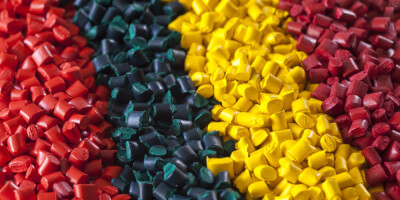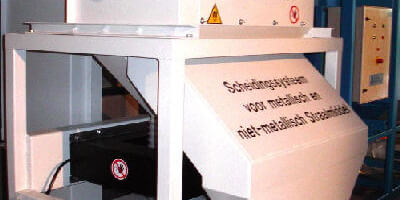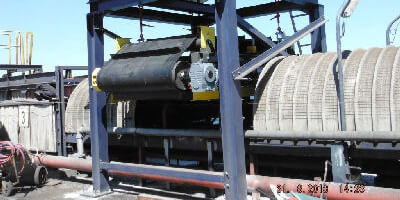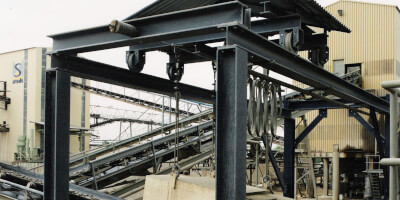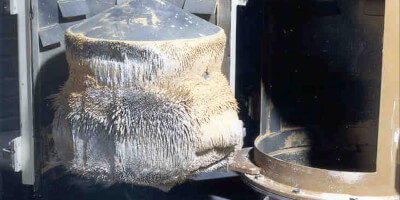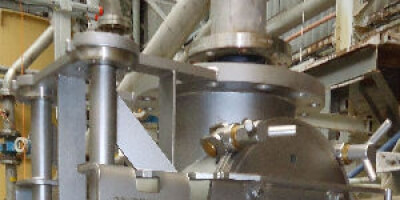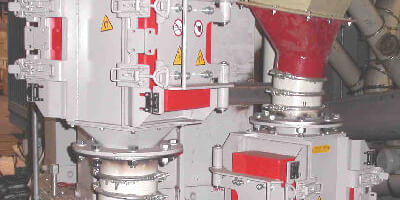Processing of Minerals and Raw Materials
Magnetic separation of usable constituents from mineral materials, beneficiation of ores for further processing, removal of undesirable ferromagnetic admixtures, protection of technological equipment.
Magnetic separation utilises various magnetic properties of minerals. Individual particles are always affected by multiple forces (magnetic, gravitational, centrifugal etc.) Separation can be applied both when the material is dry or wet and can be performed in several stages.
The first stage is usually separation of ferromagnetic materials (e.g. magnetite, pyrrhotite). During subsequent magnetic separation, the intensity of the electromagnetic field gradually increases so that weaker and weaker magnetic materials are being separated.
An example of wet low-intensity separation is retrieval of magnetite during iron ore mining, or of ferrosilicon during regeneration from heavy suspensions during coal processing. Wet separation of manganese ore or lithium mica is the domain of high-intensity polygradient separators.
An example of dry separation is the removal of weakly magnetic materials during production of feldspars and shales.
Want to read more? Take a look at the related documents.
Need help? Write us
Related documents
Magnets for Product Inspection and Crusher Protection
|
In the ceramics industry and glass industry, removal of relatively small amounts of weakly magnetic impurities from non-magnetic industrial materials during processes such as production of tiles, heat-resistant materials, glass, etc. is a common procedure. |
|
|
Electromagnetic blocks – gravel pit – protection of crushers from destruction due to random iron objects. |
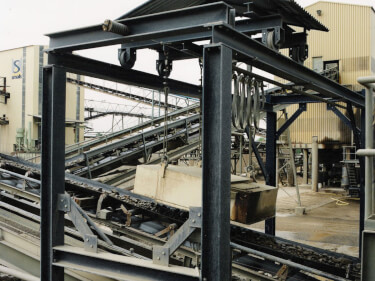 |
 |
Pipe magnet removes undesirable ferromagnetic particles from raw materials in the ceramics industry.
|

